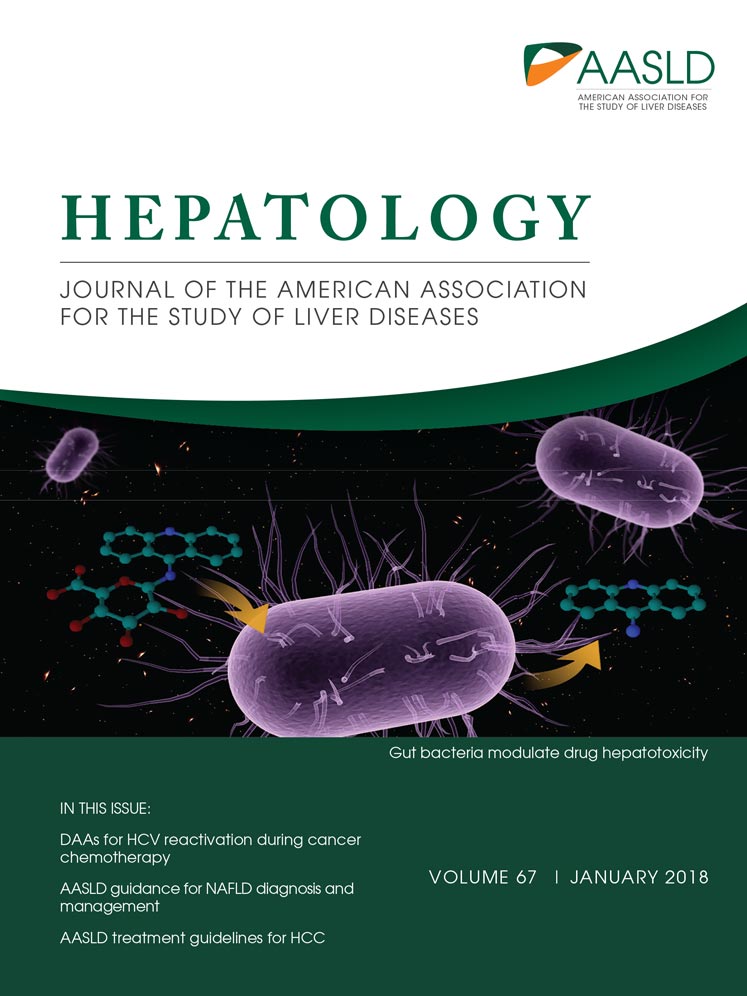Hepatitis B reactivation in chronic hepatitis C patients treated with interferon or pan-oral direct-acting antivirals
Potential conflict of interest: Nothing to report.
I read with strong interest the meta-analysis by Chen et al.1 on hepatitis B reactivation in hepatitis B and C–coinfected patients treated with antiviral agents. A sound and credible meta-analysis could have great benefits for public health and clinical practice. I have some comments on several aspects of this study.
First, in this study, the primary endpoint was hepatitis B virus (HBV) reactivation. However, the definition of HBV reactivation varied across included studies, involving at least five different definitions of reactivation. The pooled estimated rates of HBV reactivation and hepatitis due to HBV reactivation may not reflect the real risk proportions of antiviral agents on HBV reactivation in hepatitis B and C–coinfected patients.
Second, Chen et al. reported that patients with direct-acting antiviral (DAA)-based therapies were more likely to report hepatitis due to HBV reactivation compared with patients treated with interferon-based therapy. However, this result was only based on two studies using DAA-based therapies. Furthermore, the total number of subjects treated with DAA-based therapies in the two studies was only 18, and the heterogeneity was quite high (I2 = 92.11%). In addition, the varied definitions of HBV reactivation, the nonrandomized controlled study design, and the variations in hepatitis C virus and HBV genotype may also have affected the results. Thus, the results and conclusion could be supported only by low-quality evidence.
Third, some studies have shown that, in the setting of chemotherapy and immunosuppression, high baseline levels of serum HBV DNA are predictive of HBV reactivation.2, 3 In contrast, Chen et al. found that baseline levels of HBV DNA were not associated with HBV reactivation during the DAA-based therapies; however, this conclusion was based on only eight cases whose baseline level of HBV DNA varied from undetectable to high (1.1 × 106 IU/mL). Further analysis on the incidence of HBV reactivation among patients with different baseline levels of HBV DNA may yield alternative conclusions.
-
Jiaye Liu1,2
-
1Shandong Provincial Key Laboratory of Infectious Disease Control and Prevention
-
Shandong Provincial Center for Disease Control and Prevention
-
Jinan, China
-
2Academy of Preventive Medicine
-
Shandong University
-
Jinan, China
Author names in bold designate shared co-first authorship




